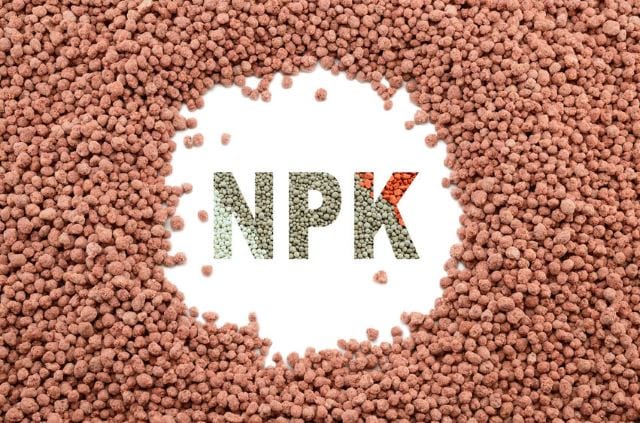In order to complete their full life cycle, all plants require 17 essential elements. In addition to carbon (C), hydrogen (H), and oxygen (O), plants require six minerals as macronutrients and eight minerals as micronutrients.
In order of abundance in plant tissue, plant macronutrients include:
- Nitrogen (N)
- Phosphorus (P)
- Potassium (K)
- Calcium (Ca)
- Magnesium (Mg)
- Sulfur (S)
Micronutrients, in order of abundance in plant tissue, needed by plants for growth include:
- Chlorine (Cl)
- Iron (Fe)
- Boron (B)
- Manganese (Mn)
- Zinc (Zn)
- Copper (Cu)
- Molybdenum (Mo)
- Nickel (Ni)
Because the nutrient availability is too low in many soils, fertilizer is added to native soils to maintain healthy, vibrant plants increasing yields for food production and an increase in economic returns. Having these nutrients from the right source will supply nutrients in plant-available forms while taking into account site-specific data such as soil types and the interaction among nutrient elements and sources.
Where do these necessary nutrients come from?
Farmers add nutrients to the soil with on-farm and off-farm sources of fertilizer. Legume cover crops, animal manure, and crop residues are examples of on farm resources. Off-farm resources such as processed and unprocessed nutrients and soil amendments may also be used, depending on the specific farming operation.
Of the 17 nutrients necessary for a completed plant life cycle, all except nitrogen can be derived from naturally occurring earth minerals. As a response to the need of nutrients for crops and providing them in a form easy to transport, an entire industry has developed to provide these nutrients in a readily available form to plants. Direct use is available with some earth minerals, but many require processing to increase use by plants.
Animal manures and composts can be excellent sources of plant nutrients when used appropriately. All elements essential to plants can be applied with manure, although the ratios of amounts of N, P, and K often differ from the plant needs. Because some of the forms of N, P, and S are organic, they may require a period of breakdown for use by plant roosts.
Factors to consider when selecting the right fertilizer source:
- Chemical properties of fertilizer sources
- Determine what specific nutrients need to be added to meet production goals
- Consider using soil and plant analysis, tissue tests, deficiency symptoms, etc. in advance of the application of fertilizer
- Fertilizer delivery and availability
- Environmental concerns
- Price and economic constraints
- Cost and/or availability of fertilizer equipment
The right source of fertilizer con be determined for individual farming operations by considering the specific needs of the crop and matching those with nutrient options. Having the right source of nutrients can start a cropping season optimally, leading to successful production yields.
Source:
4R Plant Nutrition – A Manual for Improving the Management of Plant Nutrition (North American Version). International Plant Nutrition Institute. 2016.

